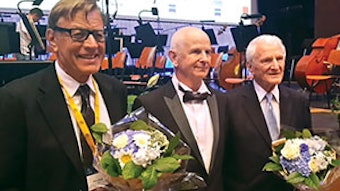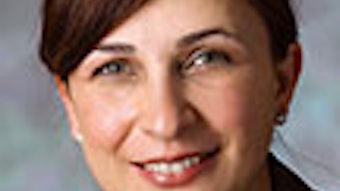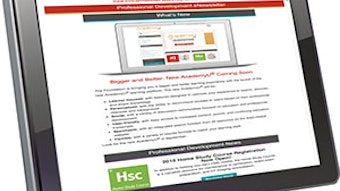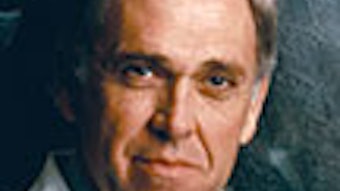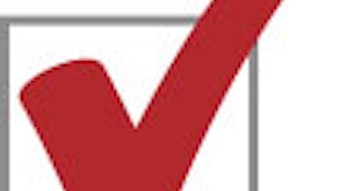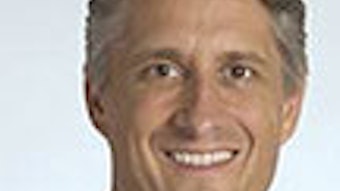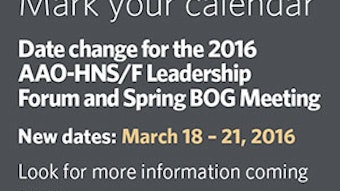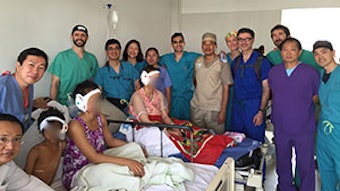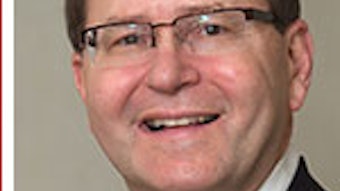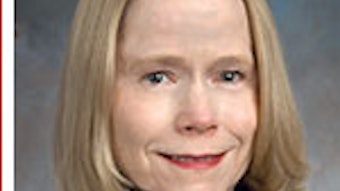Hearing health community seeks EHDI reauthorization
It was an exciting spring. The physician community saw major legislative victories relating to repeal of the flawed Sustainable Growth Rate (SGR) formula, as well as rescission of a proposed policy change for global surgical payments. After such a windfall, many Members of Congress and staffers were posing the question, “Well, what’s next?” For the AAO-HNS and others in the hearing health community, the answer was simple: (hopefully) teeing up another legislative “win” for the fall.
It was an exciting spring. The physician community saw major legislative victories relating to repeal of the flawed Sustainable Growth Rate (SGR) formula, as well as rescission of a proposed policy change for global surgical payments. After such a windfall, many Members of Congress and staffers were posing the question, “Well, what’s next?” For the AAO-HNS and others in the hearing health community, the answer was simple: (hopefully) teeing up another legislative “win” for the fall.
For the last several months, the AAO-HNS Legislative Advocacy staff has been working with others in the hearing health community to secure reauthorization of the Early Hearing Detection and Intervention (EHDI) program. As many AAO-HNS Members are aware, the EHDI program helps to establish statewide plans that identify children with hearing loss and subsequently direct them to early intervention services. This vital program includes initial screening of infants for hearing loss, audiological diagnostic evaluations to confirm hearing loss, and early intervention.
Hearing loss continues to be one of the most common birth defects in America, with 1.4 babies per 1,000 screened in the United States identified as deaf or hard of hearing. Since the inception of the EHDI program in 2000, it has become clear that early detection and intervention programs provide children and infants who face a range of hearing deficiencies with a better chance of developing language, communication, cognitive, and social development skills along with their peers.
There is also a clear economic benefit associated with hearing-related early intervention services. According to a 2014 article published by the department of pediatrics at the University of California San Francisco, a child with untreated hearing loss has estimated direct educational costs of $400,000, with an additional $1 million in lifetime societal costs due to lost productivity. Given that approximately 10,000 children in the United States are born with congenital hearing loss every year, the estimated lifetime economic cost approaches $10 billion, which is on par with the most common childhood medical disorders, such as asthma.
However, the promising statistics relating to the EHDI program underscore the importance of infant screening. In 2000, only about 40 percent of all newborns in the United States were screened. However, the Centers for Disease Control and Prevention now reports EHDI federal grants have resulted in approximately 97 percent of infants being screened for hearing loss within the first month of life, and if necessary, referred for applicable intervention services.
Given the success and importance of the EHDI program, the hearing health community (including the AAO-HNS) worked in earnest during the first part of the year to identify a Member of Congress to spearhead the reauthorization effort in the 114th Congress. As a result, on March 10, 2015, U.S. Reps. Brett Guthrie (R-KY-2) and Lois Capps (D-CA-24) introduced H.R. 1344, the “Early Hearing Detection and Intervention Act of 2015.” Since then, the hearing health community has enacted a multifaceted approach for generating additional support for EHDI reauthorization. Through direct lobbying, letter writing, grassroots activation, and combined efforts from the Friends of the Congressional Hearing Health Caucus, Members of Congress have become more aware of the importance of the EHDI program. And, Congressional leaders have signaled their support for advancing the bill in the coming months.
Following a positive reception for the bill at a June hearing in the House Energy and Commerce Committee’s Subcommittee on Health, H.R. 1344 received favorable remarks during its official “mark up.” Because the bill has been marked up and advanced by the Energy and Commerce Committee, it can be considered for passage on the House floor and delivered to the U.S. Senate, likely in early fall.
Despite the positive outlook for H.R. 1344, the hearing health community remains diligent in its efforts, and will continue to seek additional support for the bill. Want to help? AAO-HNS Members are encouraged to contact their elected officials. A pre-written AAO-HNS Legislative Action Alert is available at www.entnet.org/advocacy, but Members can also prepare their own remarks to be sent via their U.S. Representatives’ individual websites. Together, we can ensure the EHDI program receives timely reauthorization.
For more information regarding the AAO-HNS efforts on EHDI and other legislative priorities, contact legfederal@entnet.org.
